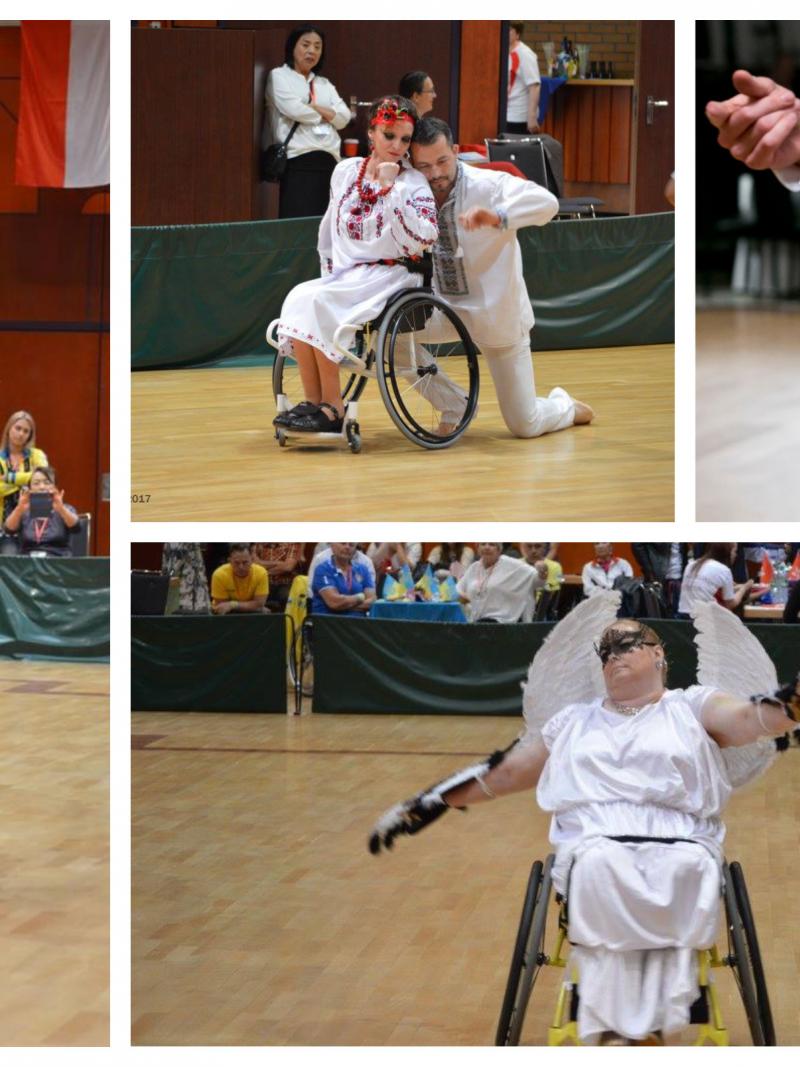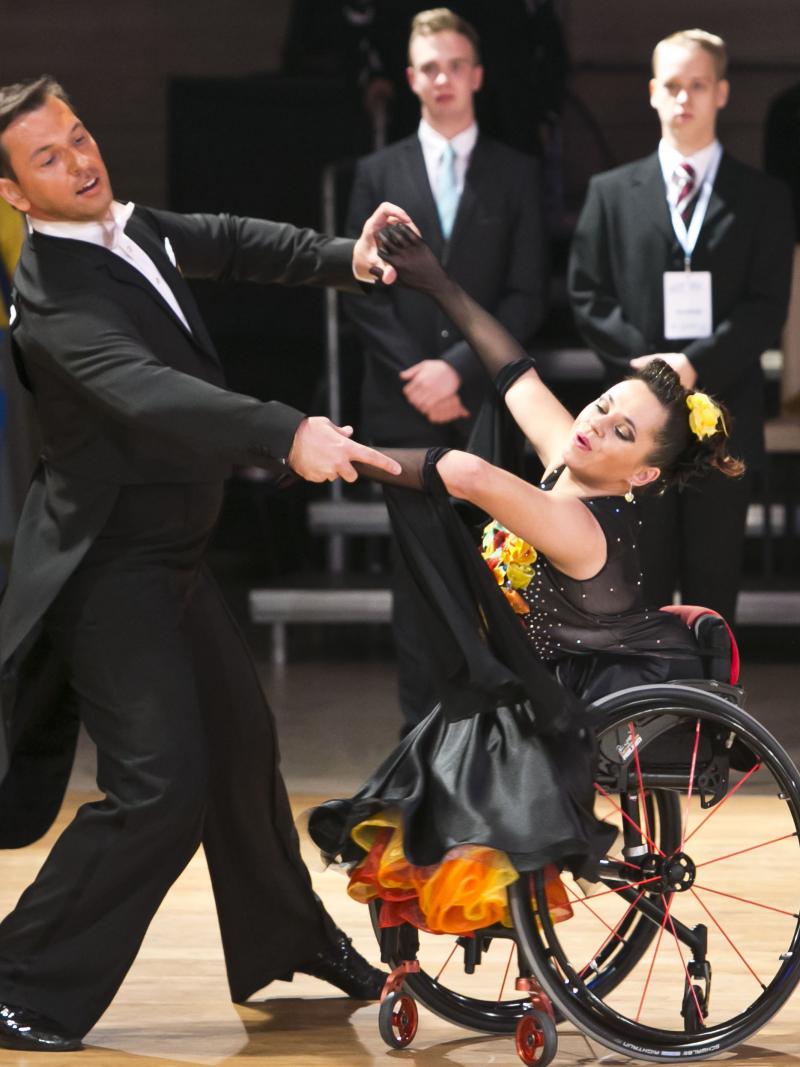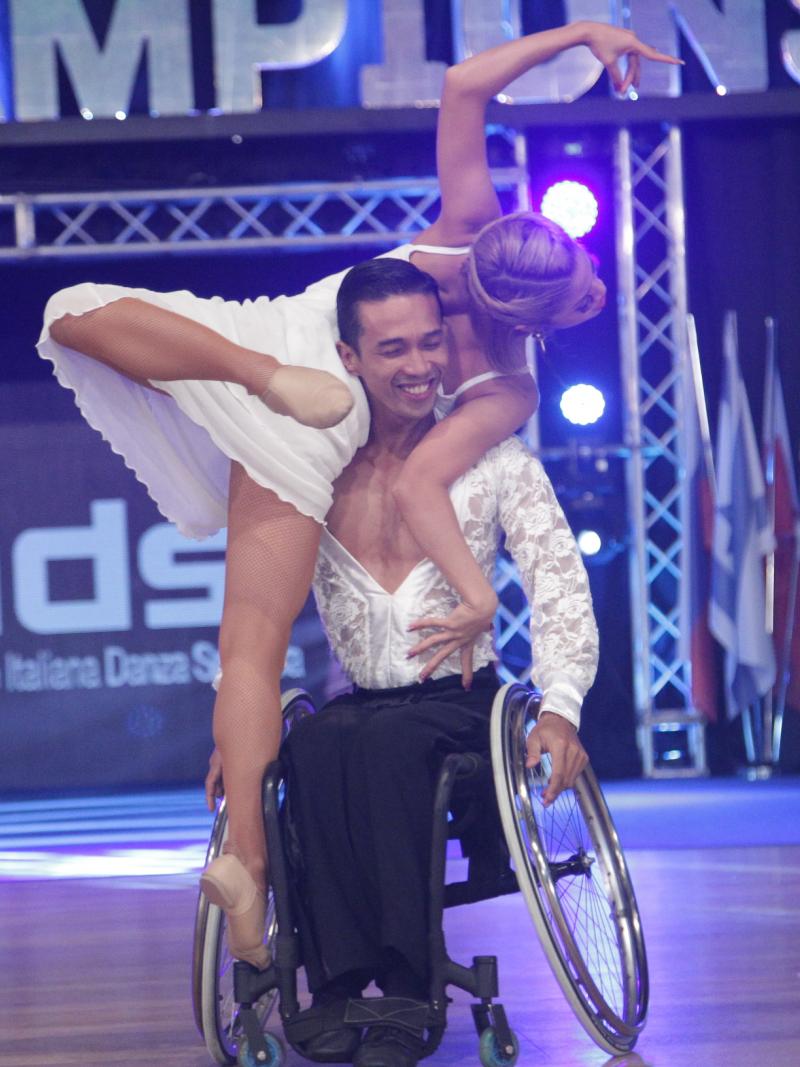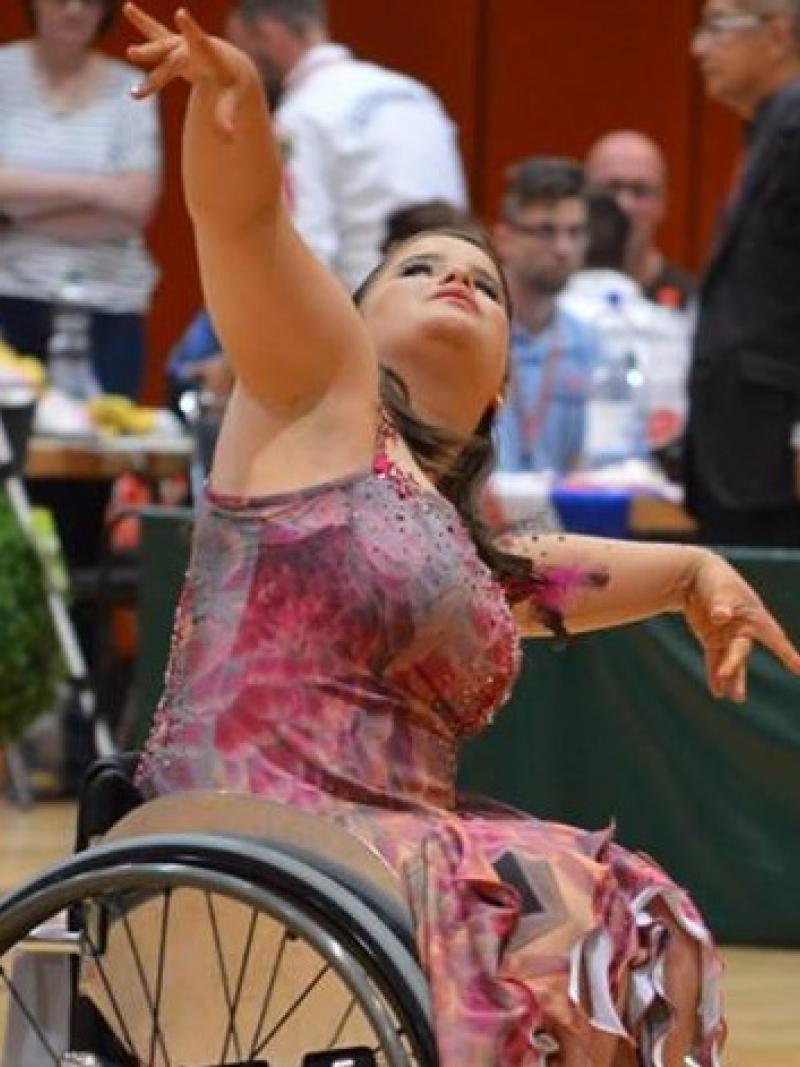Para sport explained: Judging Para dance sport
What will adjudicators look for when evaluating performances at Malle 2017? 01 Sep 2017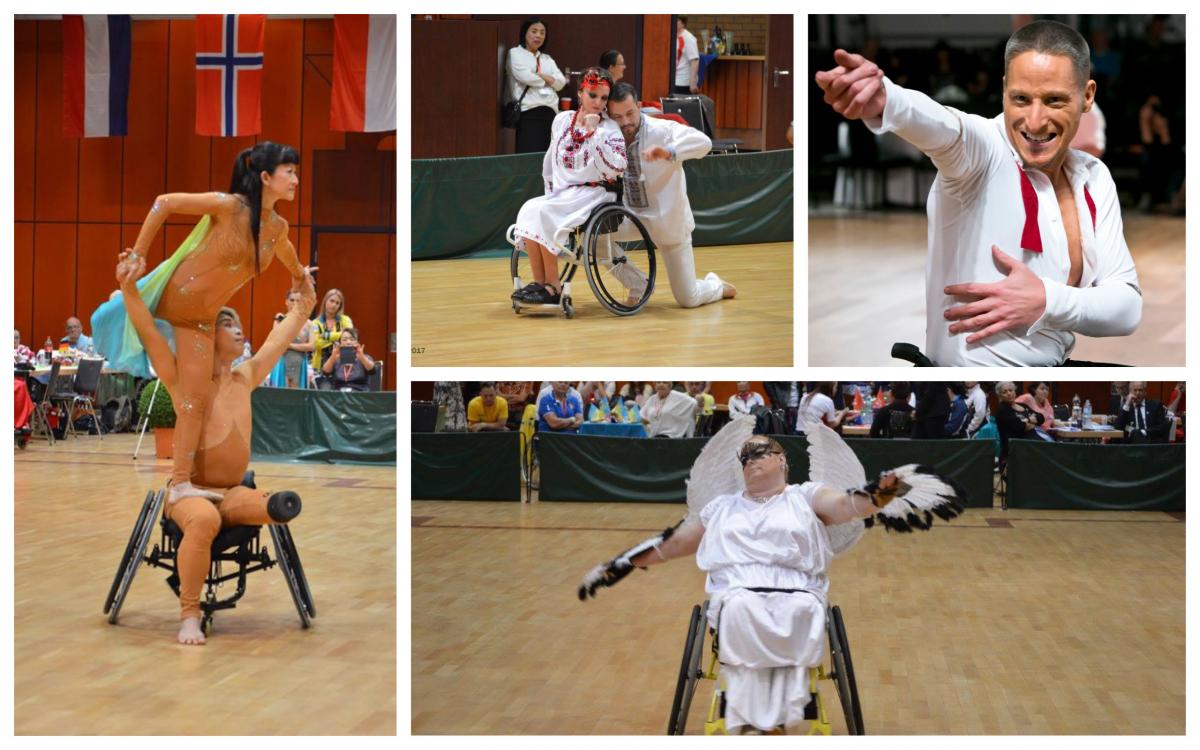
The world's best Para sport dancers will meet in Malle, Belgium for the 2017 World Championships.
“You look for technique, if they use the connection correctly, that they do the arm and shoulder actions correctly, that they move their wheelchair in time with the music.”
The music starts, and the dance floor suddenly comes alive.
Twelve couples – wheelchair dancers with their standing partners – are jam packed in the rectangular space, hoping to advance to the next round.
It might look like chaos, as the traditional Spanish bullfight song Paso doble drives the dancers to jump, spin and turn to the quick beats, but every move is carefully planned. Expect this to be the scene 50 days from now at the 2017 World Para Dance Sport Championships from 21 October in Malle, Belgium.
That scene will not overwhelm long-time Para dance sport adjudicator Corrie van Hugten.
With 24 dancers on the floor trying to impress the judges in a minute-and-a-half, the former able-bodied Dutch dancer has her strategy when evaluating performances.
“I can see in one minute who are the stronger ones and who are the weakest ones,” she said. “I look deeper at what a mistake is, or what is not a mistake but [also] what is a better action. Then you can decide who goes to the semifinal and to the final.”
One thing to remember, van Hugten said, is to focus on the wheelchair dancer in the combi categories. It is easy for judges to end up watching the standing partner more than the wheelchair partner.
“That was the biggest mistake in the beginning,” she said. “We had to educate the adjudicators. … In the rule book it is written down that the wheelchair user and the standing partner must have an equal 50 per cent role to work, not that the standing partner makes 80-90 per cent.
“You look to see if they’re working together, and that the connection between both partners is in harmony.”
The judging criteria
Van Hugten has been involved in Para dance sport for nearly 35 years and helped develop the sport’s rules and regulations that include four judging criteria which are ordered by importance: aims; music; movement and choreography, which also includes presentation and charisma.
Dancers must aim to show a relationship between body and wheelchair, dancer to dancer, with one partner not dominating the other. They have to dance with timing, rhythm and musicality. For example, wheelchair dancers should have exact timing mainly by push and pull actions, as well as exact stops of the wheels. Movements have to fit the style of the dance (freestyle, Latin and standard dances). As for choreography, presentation and charisma, adjudicators must assess the rhythmic interpretation of the dance.
All these must come together for a title-winning performance.
“You look for technique, if they use the connection correctly, that they do the arm and shoulder actions correctly, that they move their wheelchair in time with the music,” continues van Hugten. “So if you have a three-quarter beat, or four-quarter beat, you can see the difference and that the standing partner is doing the correct steps and making it possible that the wheelchair user can do it as well.”
Deciding the winners
There are between six and nine adjudicators, who give their marks for each criterion. A scrutiniser then collects all the scores and inserts them into a formula to decide the results.
It is important to approach each competition with fresh eyes and not be influenced by who the world or regional champion is.
“When they come on the floor, adjudicators have to look who today who is the best dancer?” van Hugten said. “We must look at how they are performing on that day.”
While van Hugten wants the best for her Dutch team, adjudicators are prohibited from having any discussion about the competitors and/or their performance with any person prior to the close of the competition.
Van Hugten emphasised one point: “You must be objective.
“I want to give them all first place because they are all working so hard but I have to make a decision because that is the sport.”
The complete judging criteria can be found on World Para Dance Sport’s website.
The 2017 World Para Dance Sport Championships in Malle will be held 21-22 October. More information can be found on the event website.
Editor’s note: Para sport explained is a monthly feature series on Paralympic.org intended to help the public understand different aspects of the Paralympic Movement.





